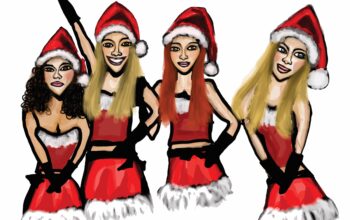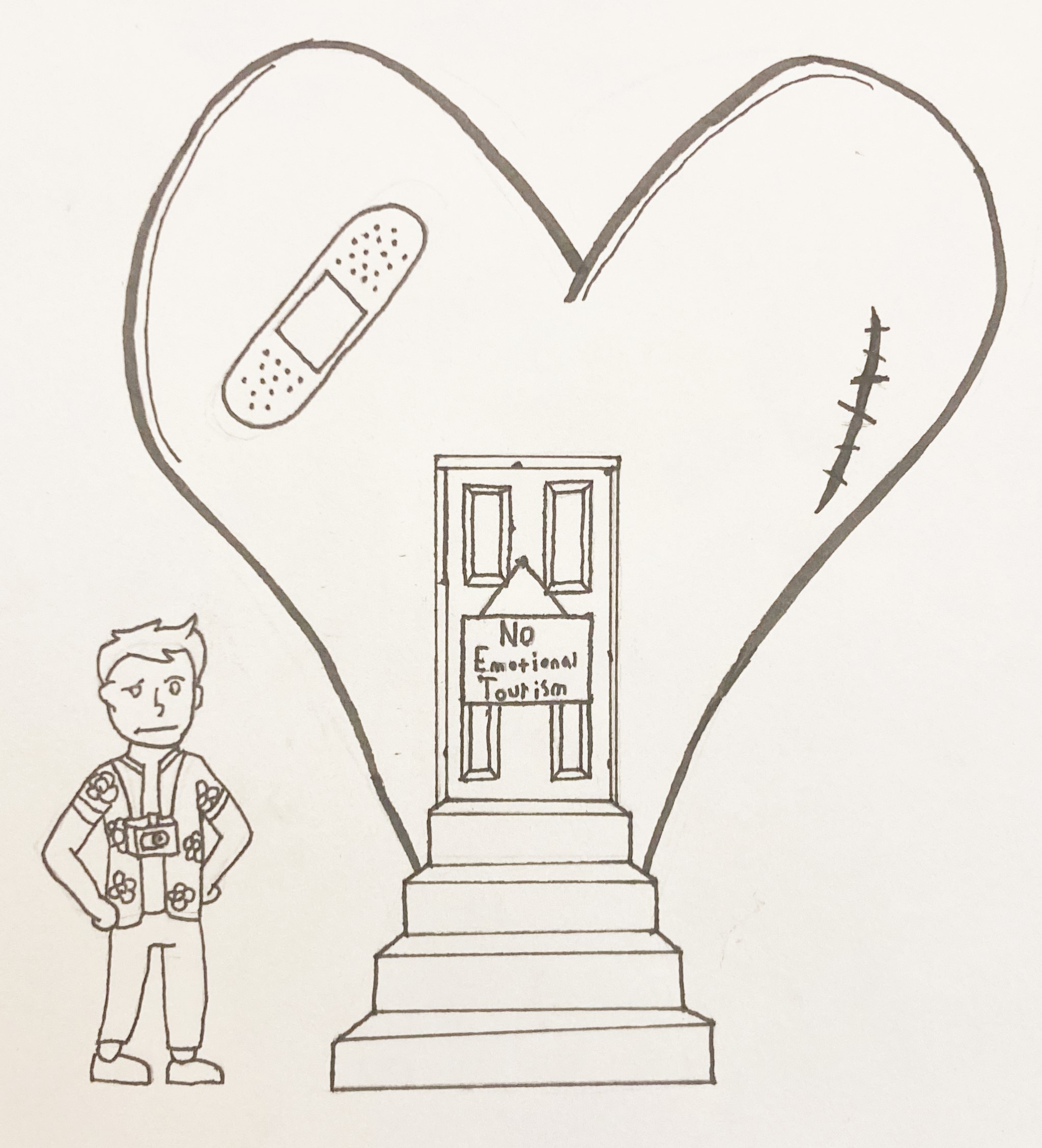Halloween is one of the biggest unofficial holidays in the United States, and picking the right costume is crucial. Nailing a Halloween outfit is the key to getting the most candy, or winning that contest at school. So, how did this holiday, and its most famous custom come to be celebrated?
According to Dhruti Bagat in “The Origins and Practices of: Samhain, Dia de los Muertos and All Saints Day”, Halloween’s origins can be traced to the Celtic-Pagan festival of Samhain.
It marked the end of the harvest season and the start of winter, which they closely associated with death. The tradition of dressing up on October 31st was born, with participants disguised as angels, saints, and devils to ward off ghosts.
Samhain was brought to the U.S. in the 19th century with the influx of Irish immigrants.
Eventually costumes also became part of the US tradition, primarily for children in the late 1800’s to early 1900’s, and as the spooky theme carried on, things like bats and ghosts became some of the more popular items on the list. By the ‘20s, these costumes had also become widespread for adults.
The modern day iteration of Halloween began around the ‘50s, when handing out candy was established as one of the biggest traditions as a way to keep children from participating in the ‘tricks’ aspect of trick or treat. Costumes also became more varied, and referential to pop culture.
The flood of iconic horror movies released in the 80’s gave birth to many of the most popular costumes today and refocused horror as a key element of Halloween.
Gory face paint, fake wounds and blood, and masks inspired by cinema icons like Michael Myers became prominent.
The goth subculture of the ‘80s also had influence, with Elvira becoming one of the most-worn costumes of the era.
A recent Roosevelt student survey found that pop culture, and media from the past few years has had the most influence on students’ choices in costumes, with 58.3% of students listing popular media as their inspiration.
And as the internet is solidified as a major sphere of media, costumes referencing memes or internet personalities are on the rise.
Among the intended costumes of survey recipients are Jeff Probst, “Andrew Tate from Wish.com”, a Starbucks barista, Deadpool, and “Tricky and Jake from Subway Surfers.”
This new era of more niche costumes gives room for a great deal of creativity, especially combined with the emergence of more personalized, eclectic fashion highlighted online in recent years.
The internet seems to show a growing appreciation for campiness, niche humor, pointed references, clever puns, and witty group combinations in costumes.
Perhaps, then, 2023 marks the next stage in the ever-evolving Halloween tradition 200 years in the making.
Follow The Roosevelt News on Instagram @therhsnews. Questions, comments, or concerns? Contact the Editorial Board at therooseveltnews@gmail.com.



